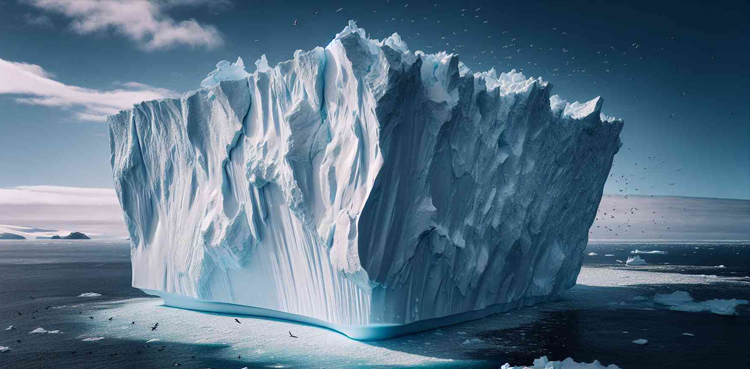Kathmandu: Something remarkable has happened to A23a, the world’s biggest iceberg. For months now it has been spinning on the spot just north of Antarctica when really it should be racing along with Earth’s most powerful ocean current.
Scientists say the frozen block, which is more than twice the size of Greater London, has been captured on top of a huge rotating cylinder of water. It’s a phenomenon oceanographers call a Taylor Column – and it’s possible A23a might not escape its jailer for years.
The berg’s longevity is well documented. It broke free from the Antarctic coastline way back in 1986, but then almost immediately got stuck in the bottom-muds of the Weddell Sea.
For three decades it was a static “ice island”. It didn’t budge. It wasn’t until 2020 that it re-floated and started to drift again, slowly at first, before then charging north towards warmer air and waters.
In early April this year, A23a stepped into the Antarctic Circumpolar Current (ACC) – a juggernaut that moves a hundred times as much water around the globe as all Earth’s rivers combined. This was meant to put boosters on the near-trillion-tonne berg, rifling it up into the South Atlantic and certain oblivion.
Instead, A23a went precisely nowhere. It remains in place just north of South Orkney Islands, turning in an anti-clockwise direction by about 15 degrees a day. And as long as it does this, its decay and eventual demise will be delayed.
Source: BBC
